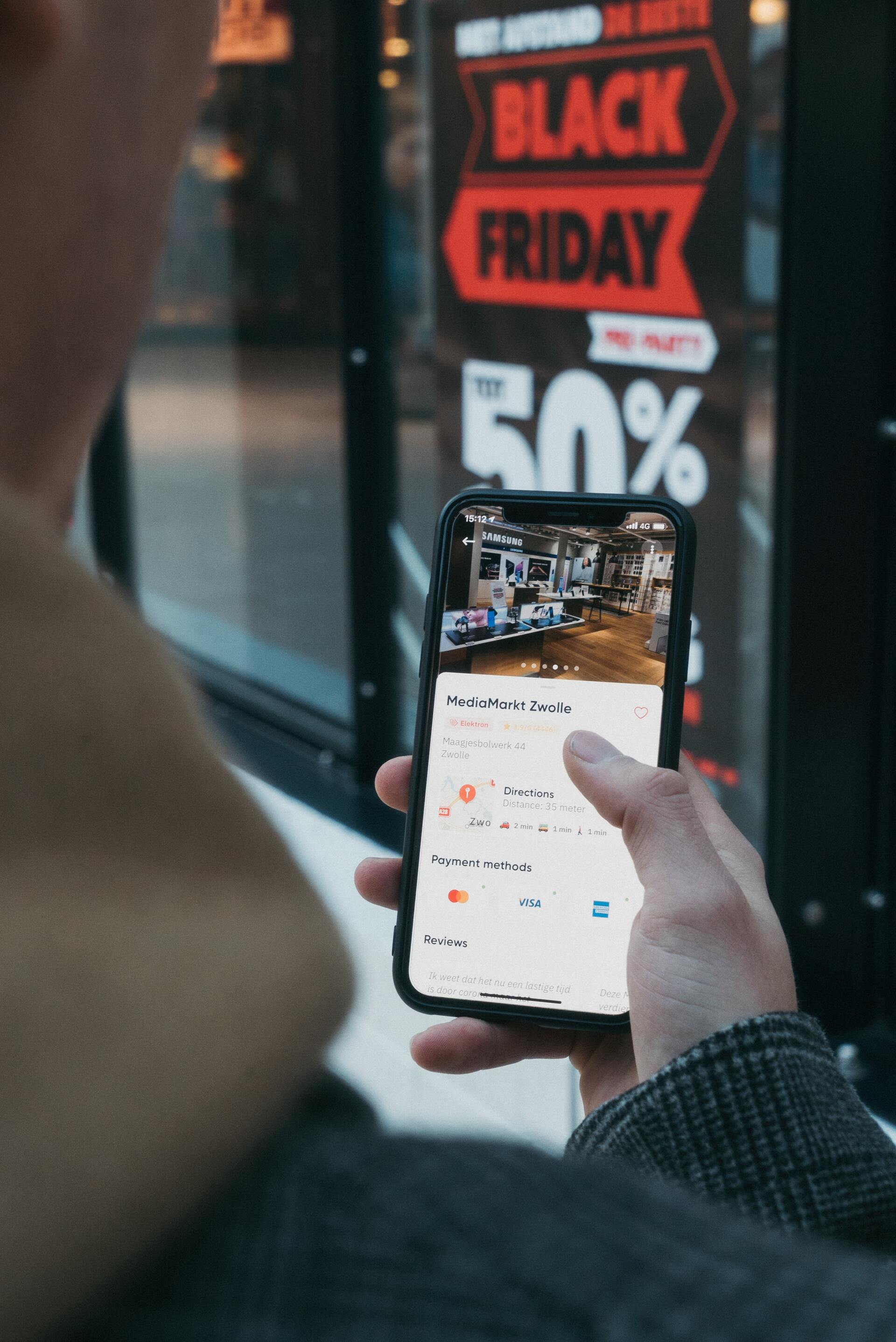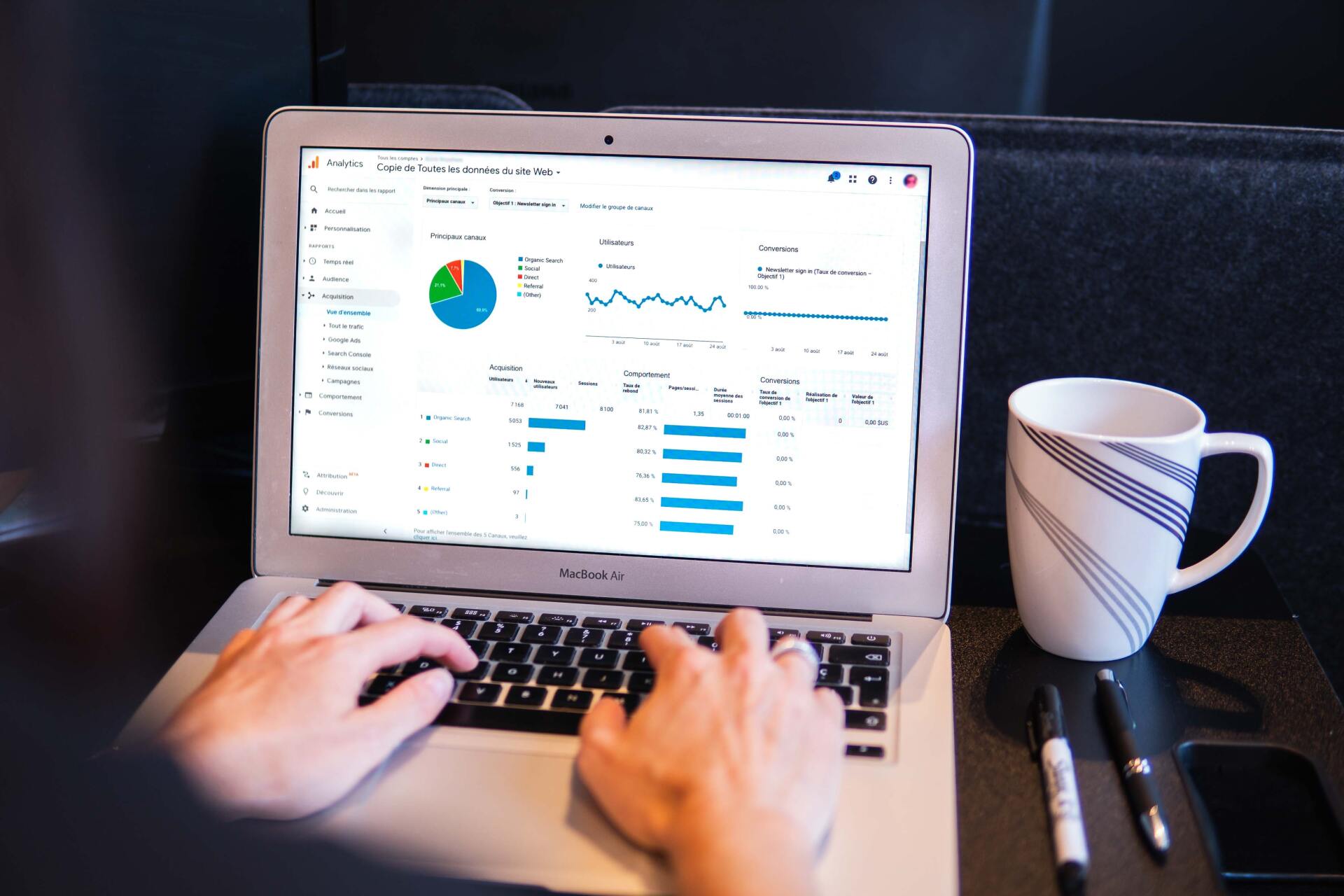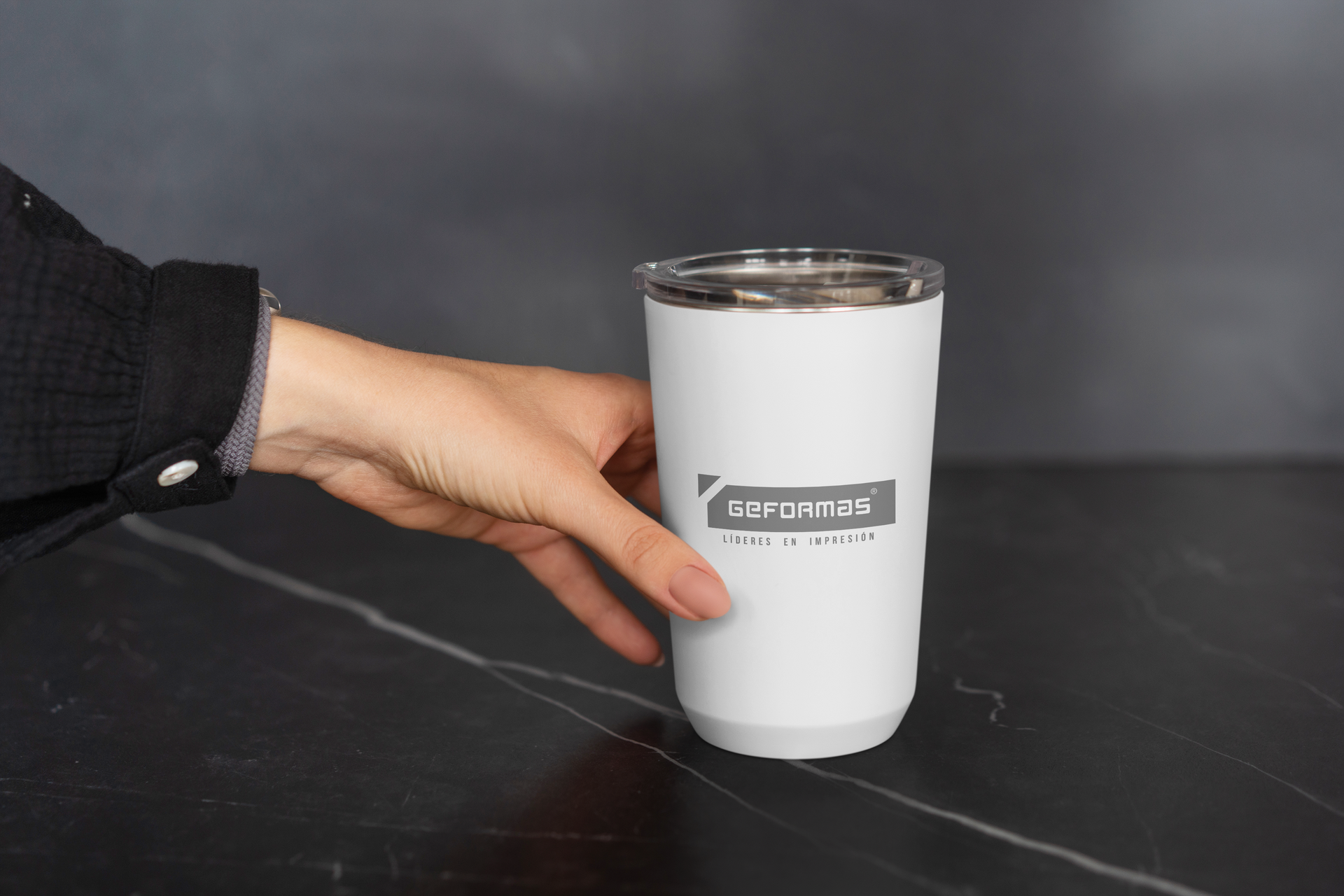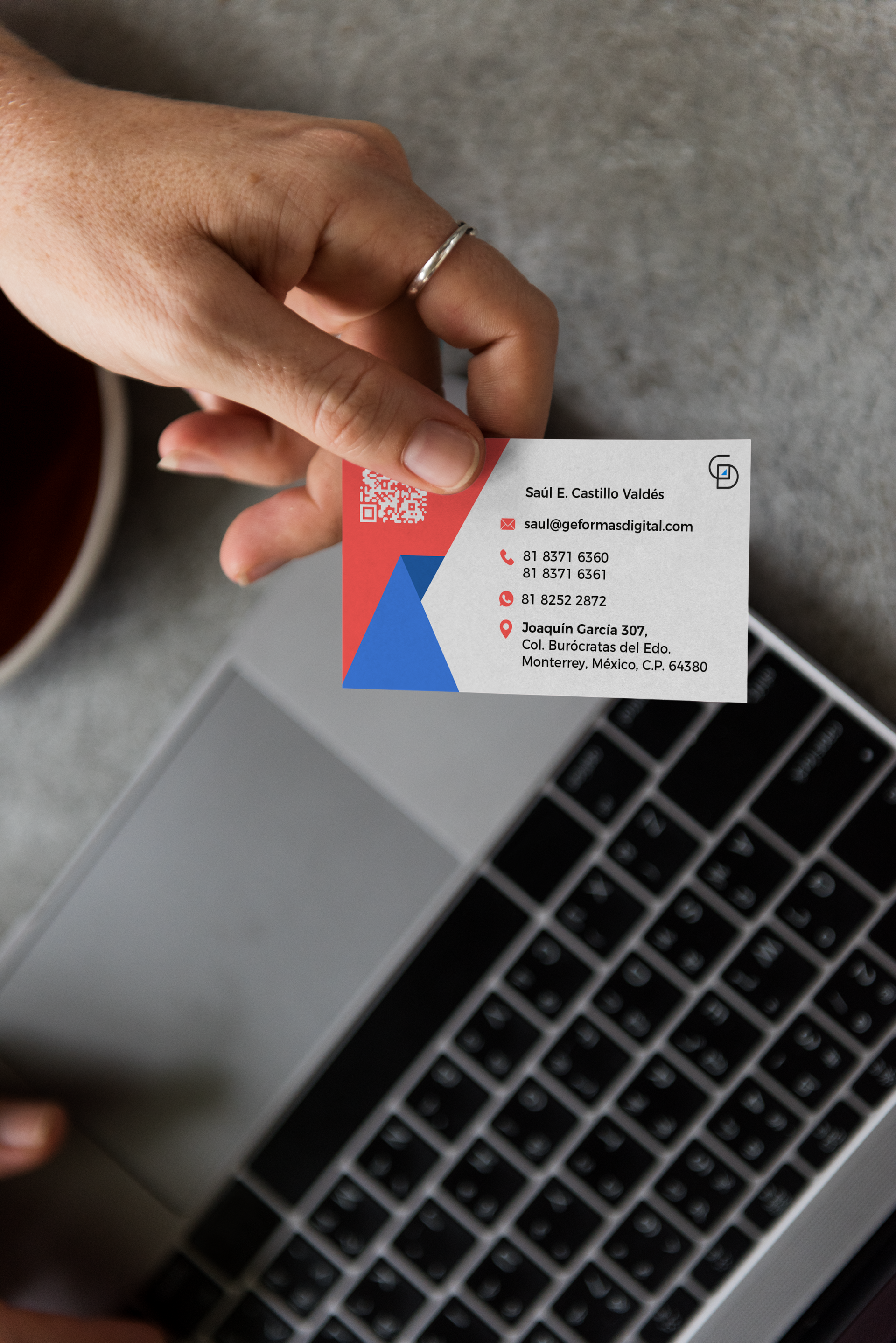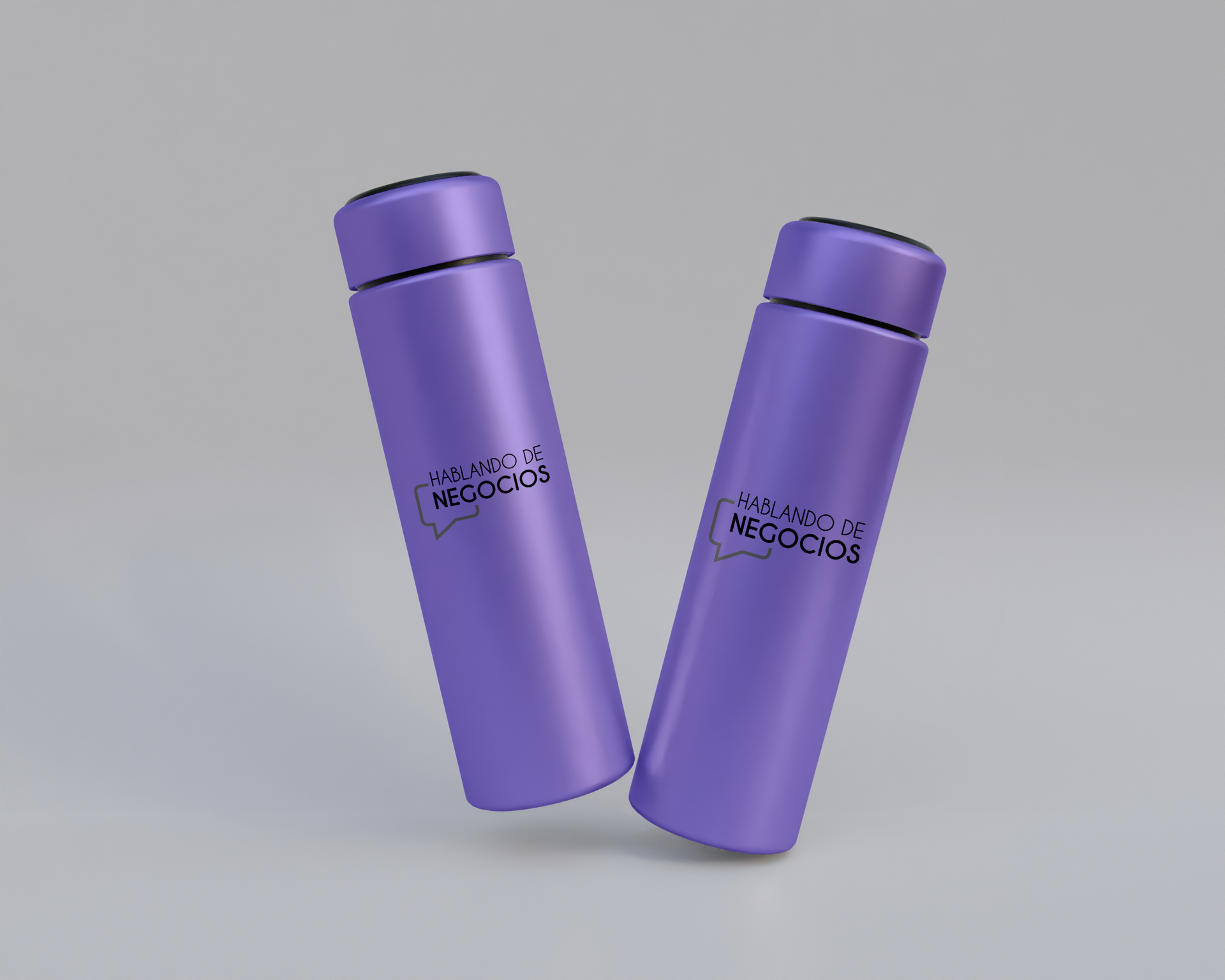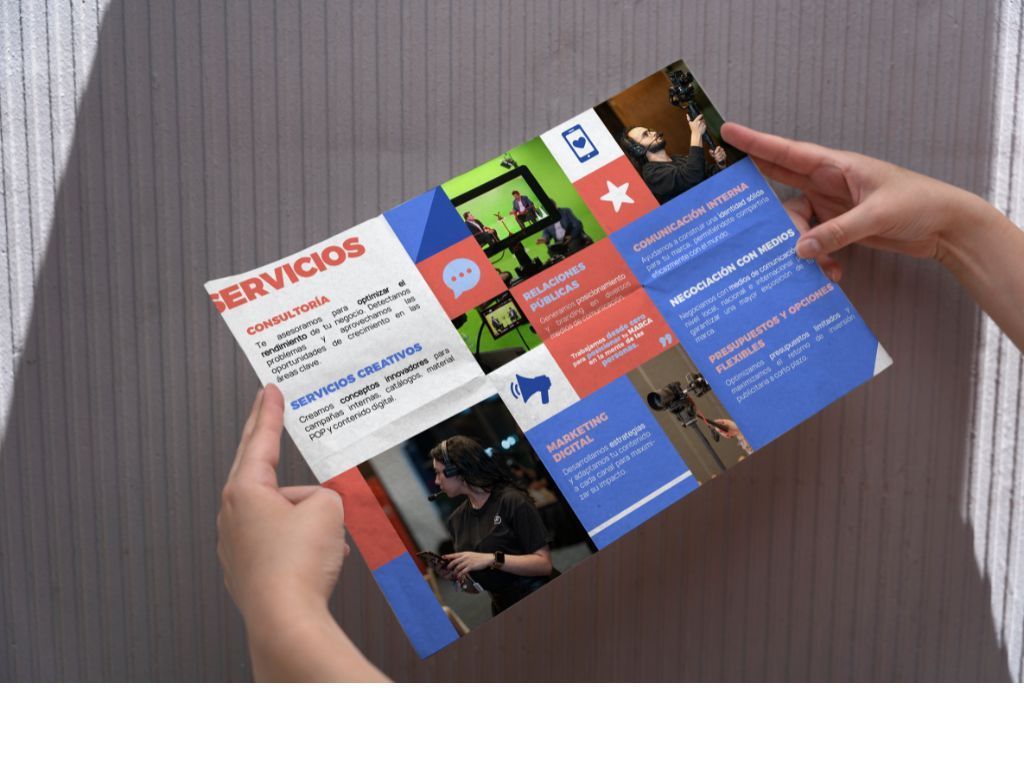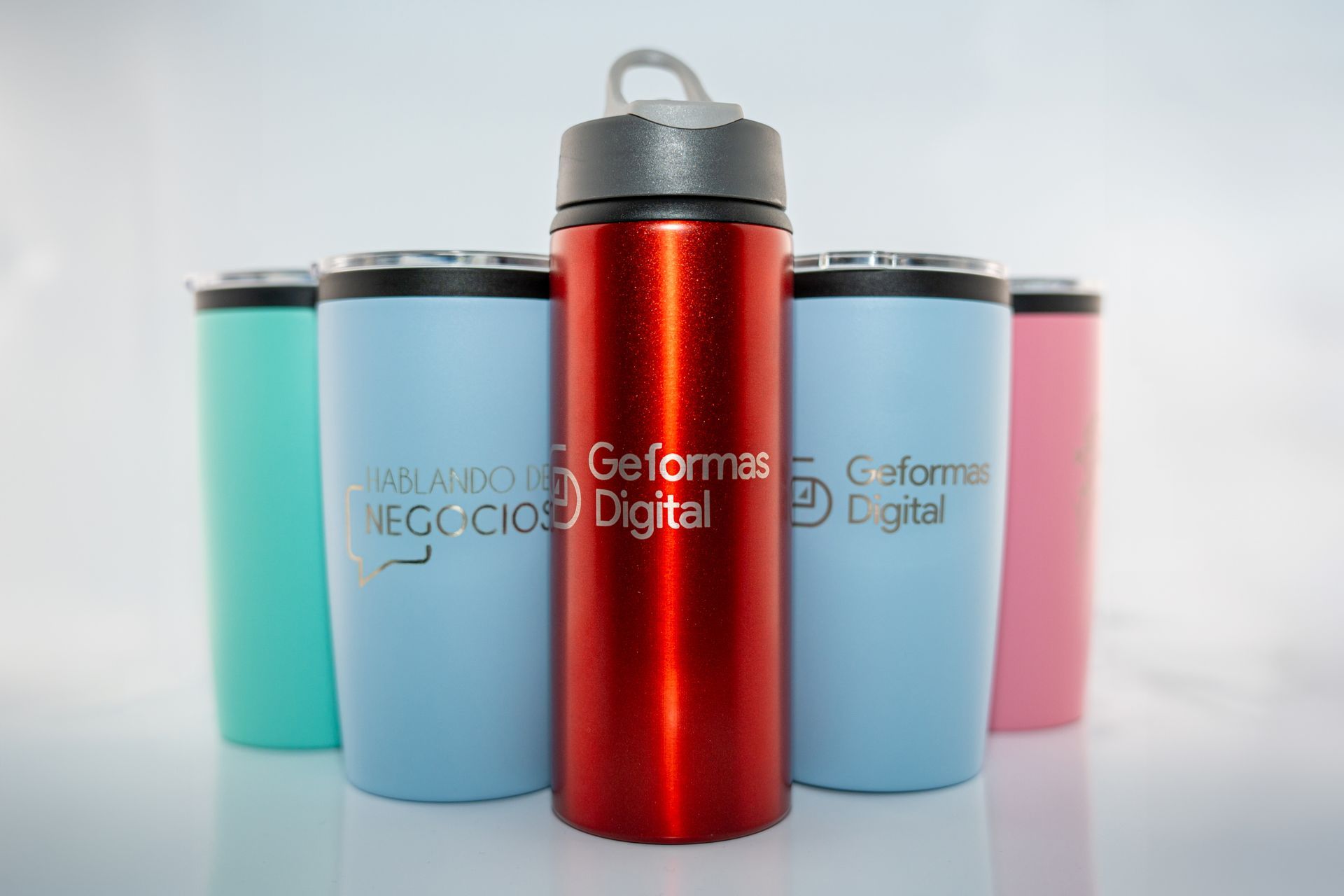What is programmatic advertising and how it works
The most effective advertising, today, is programmatic advertising, which consists of the process of automatic purchase and sale of digital advertising spaces. Its operation and impact is something you should know, if you want to see better results in your sales.

The most effective advertising, today, is programmatic advertising, which consists of the process of automatic purchase and sale of digital advertising spaces. Its operation and impact is something you should know, if you want to see better results in your sales.
What is programmatic advertising and why choose it?
The programmatic advertising it helps connect publishers, those who have websites with ad space (ad inventory) to sell, and advertisers, those who want to buy that ad space to promote their brand.
Prior to programmatic advertising, both publishers and advertisers had problems with managing advertising space. In addition, manually negotiating the purchase and sale of ads was a time-consuming process.
Fortunately, and thanks to technology, things have changed. When an advertiser wants to launch a digital campaign to promote their product or service, they contact their programmatic advertising agency or the operating desk. The agency uses a demand-driven platform to automate the ad impression buying process to meet the campaign goal.
We can expect programmatic advertising to continue to grow. In the U.S. UU. 85% of digital display advertising spending was done through programmatic technology in 2020.
According to eMarketer, programmatic spending is forecast to grow to 86.5% of all digital display advertising spending by 2021 despite a recession due to the pandemic.
Programmatic Advertising Platforms
Programmatic advertising platforms are part of the complete system required for the programmatic advertising process. Each part of the system works together to serve both publishers and advertisers and ensure that both benefit.
Some of the platform types are mentioned below, including demand side platform (DSP) and supply side platform (SSP), data management platform (DMP) and Ad Exchange.
Let's take a look at the different types of programmatic platform to get a better idea of what each one does and what type of user it is for.
What is a DSP platform?
A DSP (Demand Side Platform) allows advertisers and their agencies to purchase ad inventory from various publishers. The DSP ensures that ads are targeted to the right audience, by using a data management platform (DMP), which manages audience data.
This data is used to target the right audience, taking into account a variety of factors, such as location, demographics, user behavior, and online activity.
When a person belonging to the advertiser's target audience arrives at a publisher's website, the website will send an ad request to the offer-side platform (SSP).
A publisher uses an SSP to sell ads, with the goal of maximizing the value the publisher receives from an impression. The SSP conducts an auction among its buyers and the DSP is connected to this system.
The DSP uses the data it receives to evaluate the ad and relate it to its target data and parameters. It is used to decide a bid price for the first impression. The process takes place within the SSP or the real-time ad exchange.
Although this sounds like a long process, it only takes 100 milliseconds to complete the tender. Once the print is sold, it is sent to the publisher's website for display. The process is repeated each time a user enters the website or is updated.
What is an offer side platform (SSP)?
Nail SSP (Supply Side Platform), maintains the editor's inventory. The publisher sends a web page as a source for an advertisement and, after everything is agreed, will place a pixel code on their page to track visitor behavior.
The code provides anonymous data about visitors and the actions they take. SSP is programmed to maximize the value publishers receive from an ad impression (an impression is an instance of the ad being shown to someone).
What is a demand side platform (DSP)?
A DSP is a type of programmatic platform for the advertiser side of the process. Advertisers bid to a DSP, and the platform makes decisions for them.
A DSP stores user profiles and third-party data and combines information with offers from advertisers. The DSP makes the decision on which ad to publish and where when visitors access the web pages.
You should consider the offer made, with the highest bidder winning, the content of the ad and the cost to the advertiser.
The pixel that publishers include on their website provides data so that audience segments can be created, sending the information to the DSP. The DSP has advertisers ready to make their bids automatically so that the best ad can be shown to the right audience.
Advertisers benefit from the precise placement of the ad, while publishers benefit from the highest bidder winning. When DSP and Ad Exchange have made a decision about which ad to match which web page, this is communicated to the SSP.
What is the difference between an SSP and a DSP?
Simply put, a DSP and SSP connect to different parts of the programmatic ecosystem.
A demand side platform (DSP) is a tool used by advertisers to help organize ad purchase, while publishers use a supply side platform to connect their inventory to ad exchanges.
Is Google Ads a DSP?
Google Ads (formerly Google AdWords)is a type of DSP, but is only limited to Google's inventory.
Although Google's Display Network has access to over 2 million websites, there are places they don't have reach. One of the main benefits of using a third-party service DSP is that you gain access to an inventory that is not covered by Google's advertising network.
As an advertiser, you want to have access to as much inventory as possible to increase your chances of finding profitable locations.
Having the right data is vital in programmatic marketing, using independent platforms that collect, manage, analyze and activate data. If you're interested in making your programmatic advertising strategy effective, check out our 2021 guide.
The platforms provide complete user profiles to advertisers so that the data can be used in a programmatic algorithm to match visitors most likely to become the best ad.
If you are looking for an agency that provides advice and manages your programmatic advertising effectively, click here.



